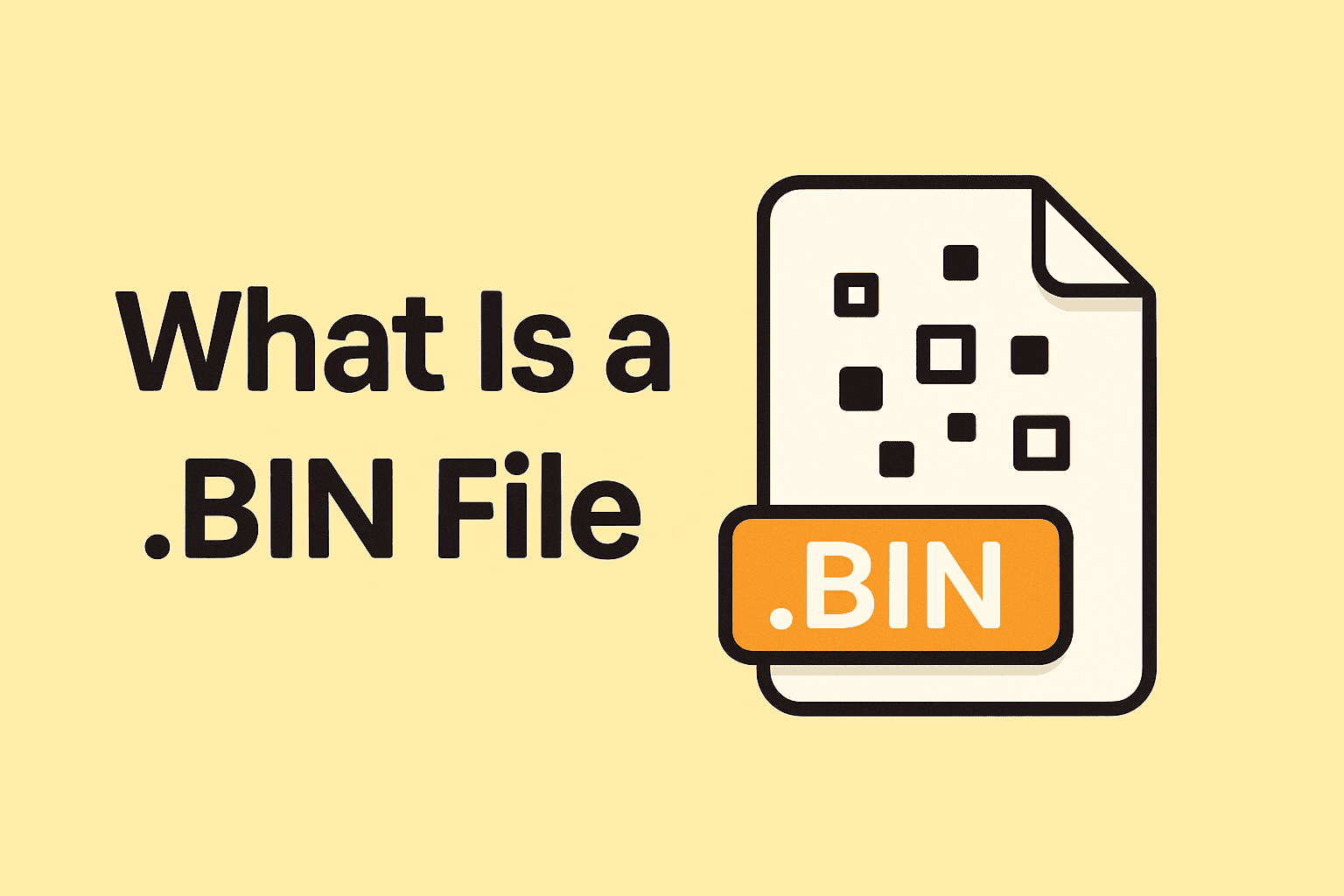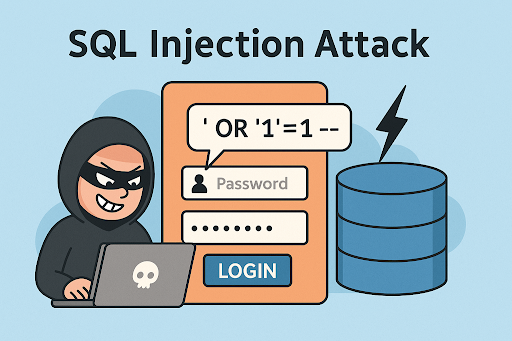What Is a .BIN File? A Complete Guide for IT & Cybersecurity Leaders
Updated on October 13, 2025, by Xcitium

Have you ever stumbled across a mysterious file ending with .bin and wondered if it was safe to open? For IT managers and cybersecurity professionals, these files raise both curiosity and concern. What is a .BIN file, and why does it matter in enterprise environments?
Introduction: Should You Worry About .BIN Files?
A .BIN file, short for binary file, can store anything from firmware updates to game data or even malware disguised as legitimate content. In fact, many data breaches occur because employees unknowingly execute or mishandle binary files without verifying their origin.
In this guide, we’ll break down everything you need to know about .BIN files—what they are, their common uses, potential risks, and how to handle them safely in both personal and business contexts.
1. What Is a .BIN File?
A .BIN file is a binary file format that stores data in machine-readable binary code (0s and 1s) rather than human-readable text. Unlike .txt or .docx files, .BIN files aren’t meant to be directly opened by end users.
Key Features of .BIN Files:
-
Stores raw binary data.
-
Used for applications, system images, and firmware.
-
Requires specific software or hardware to interpret.
-
Can be small (config data) or massive (disk images).
👉 In short, .BIN files act as containers for executable or system-level data.
2. Common Uses of .BIN Files
Despite their mysterious appearance, .BIN files serve legitimate purposes across industries.
A. Firmware Updates
-
Routers, smartphones, and IoT devices use .BIN files for system upgrades.
-
Example: Installing new firmware on a Wi-Fi router.
B. Disk Images
-
Some CD/DVD images are stored as .BIN files alongside a .CUE file.
-
Used in software installation and game emulation.
C. Game Data
-
Older video games used .BIN files to store textures, audio, and levels.
D. Application Data
-
Some programs rely on .BIN files for storing configuration data or executable code.
👉 These files are crucial for system functionality—but also prime targets for attackers.
3. Risks Associated with .BIN Files
While many .BIN files are harmless, others can be exploited for cyberattacks.
Cybersecurity Risks:
-
Malware Delivery: Hackers disguise malicious code as .BIN firmware.
-
Phishing Campaigns: Emails prompt users to “update software” using fake .BIN files.
-
Unauthorized Access: Poorly secured .BIN firmware can be reverse-engineered.
-
Insider Threats: Employees mishandling sensitive .BIN configurations.
👉 For IT leaders, mishandled .BIN files represent a serious attack vector.
4. How to Open a .BIN File Safely
Not every .BIN file needs to be opened, but when it does, it requires the right tools.
Methods for Accessing .BIN Files:
-
CD/DVD Emulators: Programs like Daemon Tools or PowerISO can mount .BIN disk images.
-
Hex Editors: Allow IT teams to analyze raw binary content.
-
Firmware Tools: Device-specific utilities interpret .BIN firmware updates.
-
Conversion Tools: Some .BIN files can be converted to .ISO or other readable formats.
👉 Always verify the source before interacting with any .BIN file.
5. Best Practices for Handling .BIN Files in Enterprises
To reduce risks, IT managers should implement strict handling procedures.
-
✅ Verify Digital Signatures: Ensure firmware updates are from trusted vendors.
-
✅ Scan Before Execution: Use antivirus or EDR solutions.
-
✅ Restrict Access: Limit who can install or execute .BIN files.
-
✅ Educate Employees: Train staff to recognize phishing and fake updates.
-
✅ Use Sandboxing: Test suspicious .BIN files in isolated environments.
👉 Businesses should treat unknown .BIN files as potential threats until verified.
6. .BIN Files and Cybersecurity Compliance
Regulatory frameworks emphasize secure handling of executable and firmware files.
-
GDPR & HIPAA: Sensitive data stored in binary files must be encrypted.
-
PCI DSS: Payment systems using firmware updates require strict validation.
-
ISO/IEC 27001: Encourages robust policies for managing system-level files.
👉 Mishandling .BIN files could lead to non-compliance penalties in regulated industries.
7. Real-World Examples of .BIN File Exploits
Several high-profile breaches highlight the dangers of insecure .BIN handling.
-
Router Malware Attacks: Hackers distributed malicious firmware via fake .BIN updates.
-
IoT Exploits: Smart cameras compromised through altered .BIN configuration files.
-
Game Mods Gone Wrong: Users installed pirated games containing infected .BIN executables.
👉 These cases prove that binary files are a favorite tool for attackers.
8. Future of .BIN Files in Technology
As technology evolves, .BIN files remain relevant.
-
IoT Growth: Billions of IoT devices rely on .BIN firmware updates.
-
AI & ML Applications: Models may use .BIN files to store trained weights.
-
Blockchain Security: Encrypted binaries for decentralized apps.
-
Cloud Storage: Binary-based snapshots for virtualization and recovery.
👉 The .BIN format will adapt and persist as long as binary storage is required.
Quick Checklist: What Is a .BIN File
✅ A .BIN file is a binary file storing machine-readable data.
✅ Used for firmware updates, disk images, and applications.
✅ Can pose security risks if manipulated by hackers.
✅ Requires specialized tools to open or analyze.
✅ Must be handled carefully in enterprise environments.
FAQs on .BIN Files
1. What is a .BIN file in simple terms?
It’s a file that stores raw binary data, often used in firmware or disk images.
2. Are .BIN files dangerous?
Not inherently, but they can contain malware if downloaded from untrusted sources.
3. How do I open a .BIN file?
With CD/DVD emulators, firmware utilities, or hex editors depending on its purpose.
4. Can I delete a .BIN file?
Yes, if it’s not required by your system or application. However, deleting essential .BIN files may break software.
5. Why are .BIN files used instead of text formats?
Because binary storage is more efficient for machines and can handle complex instructions.
Final Thoughts
So, what is a .BIN file? It’s a binary data container critical to modern computing. While many .BIN files are legitimate, others can be manipulated by attackers to deliver malware or gain unauthorized access.
For IT managers, executives, and cybersecurity professionals, understanding and securing .BIN file usage is essential to protecting enterprise systems.
🚀 Want to strengthen your defenses against file-based cyberattacks?
Request a demo from Xcitium today and discover how advanced endpoint detection and response (EDR) safeguards your organization.















